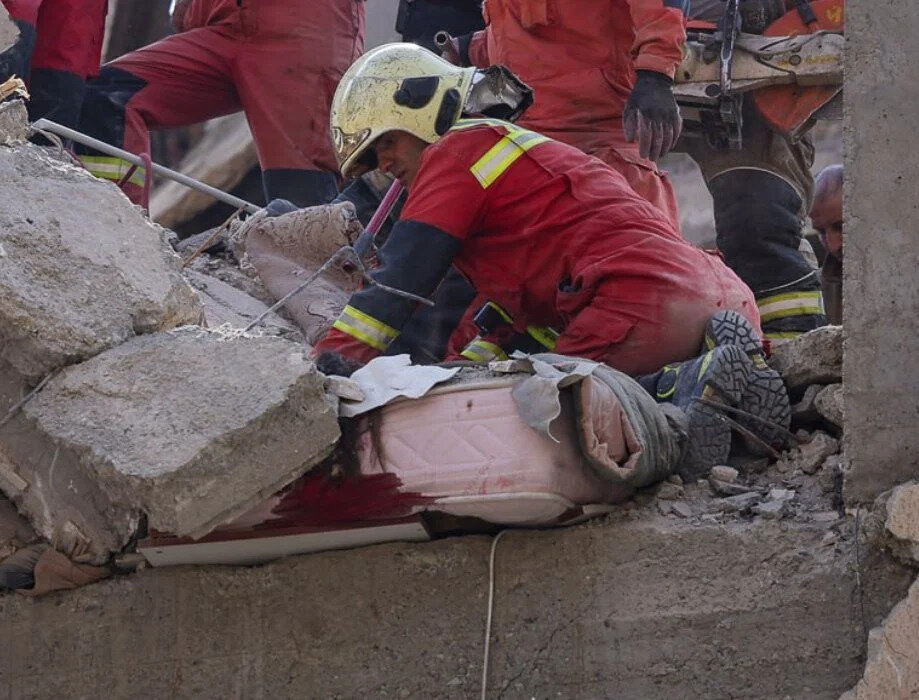Israel denied harming Iranians—700 dead civilians tell a different story

TEHRAN – Iranian Health Minister Mohammadreza Zafarghandi announced on Wednesday that the Israeli regime’s 12-day military aggression against Iranian cities resulted in the martyrdom of nearly 700 civilians and injuries to more than 5,000 citizens, overwhelmingly non-combatants.
The figures starkly contradict Israeli Prime Minister Benjamin Netanyahu’s claims that the regime “does not want to kill Iranian people” and that its conflict is solely with Iran’s government.
During a visit to a Tehran medical center where he met with 5-year-old Kian Ghasemian—a burn victim whose family perished in the attacks—Zafarghandi condemned the strikes as “a savage and unjustifiable assault on defenseless people.”
He emphasized that Tel Aviv directly targeted seven hospitals and 11 ambulances, violations that “contradict all international norms, human rights, and humanitarian law.”
Netanyahu’s assertion that Israel sought to avoid Iranian civilian casualties unraveled as residential neighborhoods, nuclear facilities, and public infrastructure faced coordinated Israeli bombardment starting during the 12-day War.
In an interview with ABC News, Netanyahu defended Israeli aggression, stating, “We are doing what we need to do.”
Yet the attacks killed over 1060 Iranians, according to Saeed Ohadi, head of Iran’s Foundation of Martyrs and Veterans Affairs.
Among them were Niloufar Ghalehvand, a 32-year-old Pilates instructor, and her parents, killed in their northern Tehran home near a military site.
Tehran’s structural carnage: 3,600 homes damaged
Tehran Mayor Alireza Zakani detailed the devastation in the capital, revealing that “3,600 residential units were damaged during the imposed war.”
He stated Tuesday that 200 homes require complete reconstruction, 250 need structural reinforcement, and 1,500 necessitate repairs.
Minor damage—shattered windows and doors—affected the remainder. Municipal crews aim to complete minor repairs by late July, but full rebuilding could take 18–24 months.
The assault displaced 800 families in Tehran, with 350 sheltered in municipal-leased hotels and 450 others awaiting temporary housing.
Two symbols of Israeli barbarity
Two attacks epitomized the aggression’s focus on non-military targets.
On June 23, Israeli missiles struck Tehran’s Evin Prison, killing at least 80 people. Judiciary spokesman Asghar Jahangir confirmed the dead included administrative staff, guards, prisoners, visiting relatives, and nearby residents.
The prison saw its medical center and visitation areas obliterated. An imprisoned prisoner issued a statement, describing shattered windows and a damaged hospital wing, asking, “What kind of madness and villainy is this?”
A midday explosion in Tajrish, a bustling northern Tehran district, killed freelance photographer Ehsan Bayrami, 35, and 11 others while injuring 59.
Water pipes burst, flooding streets and amplifying destruction. Bayrami, who specialized in sports photography, had reassured a colleague hours earlier that daytime strikes were unlikely.
Health Minister Zafarghandi noted the attack killed a pregnant woman and exposed Israel’s “direct targeting of civilians.”
